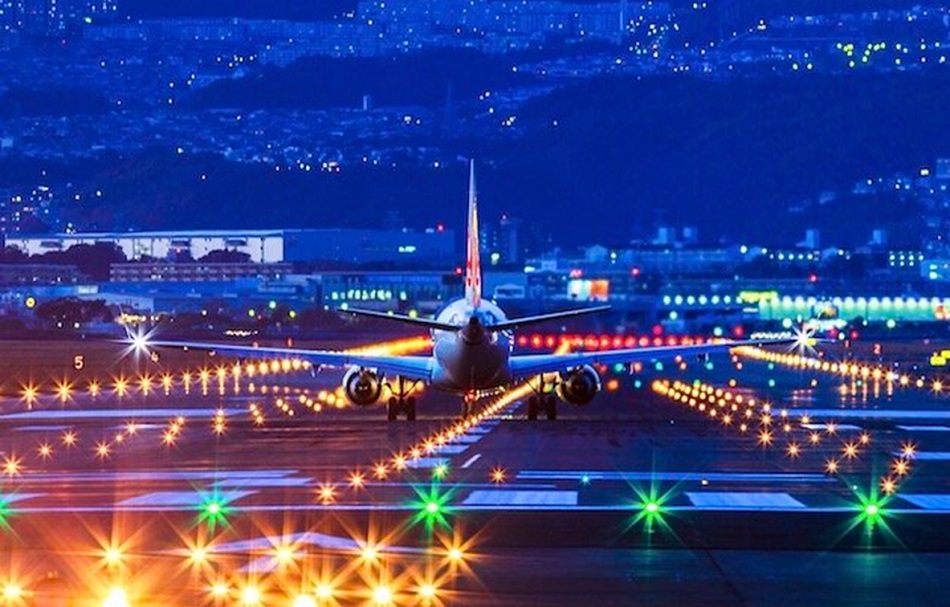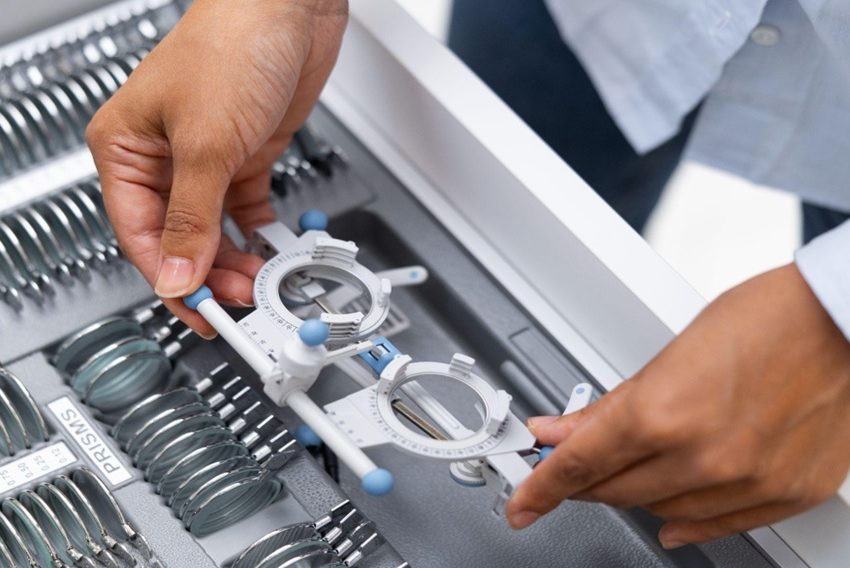Air travel has revolutionised the way we connect with the world, making it easier and faster to reach far-flung destinations. Behind the scenes, airports play a pivotal role in ensuring the safety and efficiency of air travel. Among the many critical components that keep airports running smoothly, airfield lighting is a fundamental aspect that often goes unnoticed by travellers. In recent years, there have been remarkable innovations in lighting technology, bringing a host of benefits to airports and the aviation industry as a whole. In this blog, we will explore these advancements and the advantages they offer.
The Importance of Airfield Lighting
Before delving into the innovations, it’s essential to understand why lighting is so crucial. Airports are bustling hubs of activity, with aircraft taking off, landing, and taxiing day and night. To ensure the safety of these operations, especially during adverse weather conditions or low visibility, a well-designed and maintained lighting system is indispensable. These systems guide pilots during takeoff, landing, and taxiing, helping them navigate the complex network of runways, taxiways, and aprons.
Enhanced Safety and Precision
One of the primary objectives of lighting is to enhance safety and precision during aircraft movements. Traditional lighting systems, consisting of incandescent and halogen lamps, have served airports well for many years. However, they have limitations such as higher energy consumption, maintenance requirements, and limited control options.
Innovations in Lighting
LED Technology
In recent years, the adoption of Light Emitting Diode (LED) technology has revolutionized lighting. LED lights offer several advantages over traditional lighting systems. They are more energy-efficient, have a longer lifespan, and emit a more focused and uniform light. LED lights also allow for precise control, enabling airports to adjust the intensity and colour of lights as needed.
The switch to LED lighting has not only reduced energy costs but also lowered maintenance expenses. LED lights last significantly longer than traditional bulbs, meaning fewer replacements and less downtime for maintenance. Additionally, the improved visibility provided by LEDs enhances safety during takeoff, landing, and taxiing.
Solar-Powered Lighting
Another exciting innovation in lighting is the use of solar-powered systems. Solar panels can be installed alongside runways and taxiways to harness the power of the sun during the day, which is then stored in batteries to power the lights at night. This approach not only reduces energy costs but also minimises the environmental impact of airport operations.
Solar-powered lighting is particularly beneficial for remote airports that may not have easy access to traditional power sources. It offers a sustainable and cost-effective solution to ensure the safety and functionality of airfields in locations with limited infrastructure.
Wireless Control Systems
Advancements in wireless technology have also made their way into airfield lighting systems. Wireless control systems enable airports to manage their lighting infrastructure more efficiently. These systems allow for remote monitoring and control of individual lights or groups of lights, providing real-time status updates and an immediate response to any issues.
Wireless control systems enhance the flexibility and responsiveness of lighting. For example, airport operators can adjust the intensity of lights based on weather conditions or aircraft traffic, reducing energy consumption during periods of low activity. This level of control not only improves efficiency but also reduces operational costs.
Smart Lighting and Automation
The integration of smart technologies and automation into lighting is yet another exciting development. Smart lighting systems can automatically adjust the brightness and colour of lights to provide optimal visibility based on prevailing weather conditions and the location of aircraft. This automation reduces the workload on air traffic controllers and pilots, making airfield operations safer and more efficient.
Moreover, smart lighting systems can be programmed to detect and respond to adverse conditions such as fog, snow, or heavy rain. They can activate specific lighting patterns or colours to alert pilots to potential hazards, further enhancing safety during critical phases of flight.
Benefits of Innovation in Airfield Lighting
Cost Savings
The adoption of LED technology, solar-powered systems, and wireless controls results in significant cost savings for airports. LED lights are energy-efficient, reducing electricity bills, and their longer lifespan reduces maintenance costs. Solar-powered systems eliminate the need for extensive electrical infrastructure, saving on installation and maintenance expenses. Wireless control systems streamline operations and reduce labour costs associated with manual monitoring and maintenance.
Improved Safety
Perhaps the most critical benefit of these innovations is the enhancement of safety at airports. LED lights provide superior visibility, reducing the risk of accidents during takeoff, landing, and taxiing. Solar-powered systems ensure uninterrupted lighting even during power outages, further enhancing safety. Wireless control systems and smart lighting technologies enable quick adjustments in response to changing conditions, minimising the potential for human error.
Environmental Sustainability
The aviation industry has been working diligently to reduce its environmental footprint, and innovations in lighting contribute to these efforts. LED lights are eco-friendly, consuming less energy and producing fewer greenhouse gas emissions. Solar-powered systems reduce reliance on fossil fuels for electricity generation. By adopting sustainable lighting solutions, airports can reduce their environmental impact and contribute to a greener future for aviation.
The Bottomline:
Innovation in airfield lighting is transforming the way airports operate, offering a host of benefits, including cost savings, improved safety, and environmental sustainability. The adoption of LED technology, solar-powered systems, wireless controls, and smart lighting has ushered in a new era of efficiency and reliability in lighting. These advancements not only make air travel safer but also support the aviation industry’s commitment to sustainability. As airports continue to embrace these innovations, passengers and airline personnel can look forward to safer and more environmentally friendly journeys in the skies.







